The Benefits of Umbrella Palm Plants (Cyperus alternifolius)
Umbrella palm plants, also known as Cyperus alternifolius, are graceful, tropical plants often admired for their elegant, umbrella-like leaves that spread out in a circular pattern. Native to the wetlands of Madagascar and other parts of Africa, the Umbrella Palm thrives in warm, humid environments and is widely used as a water garden plant, houseplant, and landscaping ornamental. Its adaptability and aesthetic appeal make it a popular choice for gardeners and plant enthusiasts around the world.
But the Umbrella Palm is more than just a pretty face. This unique plant offers a wide array of benefits—from enhancing interior décor and improving air quality to serving practical roles in landscaping and water purification. In this article, we explore in depth the many benefits of the Umbrella Palm plant, making a compelling case for why this stunning species deserves a place in your home or garden.
The Umbrella Palm (Cyperus alternifolius) is a remarkable plant that goes far beyond its graceful appearance.
1. Ornamental Beauty and Landscape Appeal
One of the most obvious and appreciated benefits of the Umbrella Palm is its visual appeal. The plant’s striking umbrella-shaped leaves rise atop slender, upright stems, creating a dramatic focal point in any garden or indoor setting.
Architectural Form: The structural beauty of the plant adds an exotic, architectural quality to gardens, ponds, or containers.
Versatility in Design: Whether grown in water features, pots, or landscape beds, it adds a tropical flair to both modern and traditional garden designs.
Evergreen Foliage: It provides year-round greenery, which keeps spaces lively and inviting even in winter months in tropical or subtropical zones.
2. Indoor Air Purification
Umbrella Palms, like many other green plants, help improve indoor air quality through a process called phytoremediation.
Oxygen Production: The plant releases oxygen during photosynthesis, making indoor air fresher.
Absorption of Toxins: It helps in removing harmful indoor pollutants such as benzene, formaldehyde, and carbon monoxide.
Humidity Regulation: It adds moisture to the air, which is particularly beneficial during dry seasons or in air-conditioned environments.
This makes Umbrella Palm an ideal addition to offices, living rooms, and even bedrooms, where improved air quality can enhance focus, sleep, and general well-being.
3. Water Filtration and Wetland Restoration
In its native habitat, the Umbrella Palm grows in swamps, marshes, and along riverbanks. This makes it an excellent candidate for ecological and environmental roles, particularly in wetland restoration projects.
Natural Filter: Its root system helps absorb pollutants and excess nutrients, improving water quality.
Erosion Control: It helps stabilize soil in wetland and riparian zones, reducing erosion and promoting healthy ecosystems.
Biodiversity Support: It provides habitat for beneficial insects, birds, and amphibians, helping restore biodiversity in degraded wetland areas.
In artificial ponds or water gardens, it serves a similar role, helping to naturally clean the water and maintain a balanced aquatic ecosystem.
4. Low Maintenance and Easy to Grow
Another reason the Umbrella Palm is a favorite among plant lovers is its resilient and low-maintenance nature.
Tolerates Overwatering: Unlike most houseplants that suffer from too much water, the Umbrella Palm thrives in wet soil or even standing water.
Pest Resistant: It is relatively resistant to pests and diseases, making it a hardy choice.
Rapid Growth: It grows quickly and vigorously under favorable conditions, allowing for fast propagation and lush displays.
Whether you’re a beginner gardener or an experienced green thumb, the Umbrella Palm offers a hassle-free plant experience.
5. Therapeutic and Psychological Benefits
The presence of green plants like the Umbrella Palm has been shown to have positive psychological effects on people.
Stress Reduction: Studies suggest that indoor plants help reduce stress and anxiety.
Enhanced Productivity: Offices and homes that incorporate greenery report increased focus, productivity, and mental clarity.
Mood Enhancement: The aesthetic beauty and calming presence of plants help elevate mood and create a peaceful environment.
Incorporating Umbrella Palm into your home or workplace can contribute to a healthier, more pleasant living experience.
6. Excellent for Water Gardens and Aquatic Features
The Umbrella Palm is particularly suitable for ponds, fountains, and other water features.
Grows in Shallow Water: Its ability to grow in shallow standing water makes it ideal for decorative ponds and container water gardens.
Natural Shade: The large umbrella-shaped leaves help shade the water, reducing algae growth by limiting sunlight.
Adds Texture and Height: Its tall, upright form adds height and texture variation to water landscapes.
It can be grown in pots submerged in water or directly planted at the edge of ponds to create a naturalistic setting.
Note:The Umbrella Palm (Cyperus alternifolius) is a remarkable plant that goes far beyond its graceful appearance.
7. Propagates Easily
The plant propagates effortlessly, making it a great option for plant sharing, business opportunities, or personal use.
Division: It can be divided at the root or clump base, allowing for quick expansion.
Stem Cuttings: New plants can also be grown from top cuttings rooted in water.
Cost-Efficient Gardening: This ease of propagation reduces the need for frequent plant purchases and promotes sustainable gardening practices.
This characteristic makes the Umbrella Palm popular among home gardeners and nursery owners alike.
8. Non-Toxic to Pets
Unlike many houseplants that pose a threat to pets, Umbrella Palm is generally considered non-toxic to cats and dogs.
Safe Around Animals: Households with pets can enjoy the beauty of this plant without worrying about poisoning.
Educational for Children: It’s also a safe plant to grow in classrooms or homes with children as part of educational gardening projects.
While it’s always best to prevent pets from chewing on any houseplant, Umbrella Palm is considered a safer option compared to toxic species like philodendron or pothos.
9. Symbolic and Cultural Significance
The Umbrella Palm carries symbolic meaning in various cultures.
Tropical Beauty: In landscaping, it often represents serenity and tropical elegance.
Cultural Decor: It is widely used in floral and garden displays for festive occasions and ceremonies in tropical countries.
In some African traditions, palm-like plants are believed to bring good luck and protection, adding cultural richness and symbolism to its aesthetic value.
10. Ideal for Urban Gardening and Small Spaces
With urbanization on the rise, the need for compact, adaptable, and decorative plants is greater than ever. Umbrella Palm fits this requirement well.
Grows in Containers: Perfect for balconies, patios, and rooftops.
Vertical Accent Plant: Its tall, vertical growth habit makes it suitable for narrow spaces or alongside walls and fences.
Indoor-Outdoor Flexibility: Can be grown indoors near bright windows or moved outside during warm weather.
Its adaptability to confined urban spaces makes it a favorite for apartment dwellers and city gardeners.
11. Natural Sound Barrier
Umbrella Palm plants, when grown in clusters or used in landscaping, can act as a natural sound buffer.
Noise Reduction: Their dense foliage can help reduce ambient noise levels, especially in urban environments.
Privacy Screen: The plant can be used as a natural partition to increase privacy on balconies or patios.
This makes the plant useful not only for visual appeal but also for acoustic and spatial comfort.
12. Educational and Decorative in Public Spaces
The Umbrella Palm is often used in schools, museums, botanical gardens, and public parks for both educational and aesthetic purposes.
Botanical Learning: It helps educate visitors about wetland ecosystems, plant biology, and aquatic flora.
Interactive Displays: Its unusual growth habit attracts curiosity and is ideal for interactive plant exhibits or sensory gardens.
As part of educational or therapeutic landscapes, Umbrella Palm plays a functional and inspirational role.
Conclusion
The Umbrella Palm (Cyperus alternifolius) is a remarkable plant that goes far beyond its graceful appearance. Whether you’re looking for an ornamental statement, an indoor air purifier, a pond enhancer, or a symbol of tropical elegance, this plant delivers in every aspect.
Its ease of care, fast growth, eco-friendly properties, and adaptability to diverse settings make it a standout choice for gardeners, landscapers, and homeowners. Moreover, its psychological, educational, and environmental benefits make it not just a plant of beauty—but one of purpose.
For anyone looking to enrich their home or garden with a plant that combines function, style, and sustainability, the Umbrella Palm is truly a natural treasure.
Would you like a shorter version, social media captions, or SEO tags for this content?
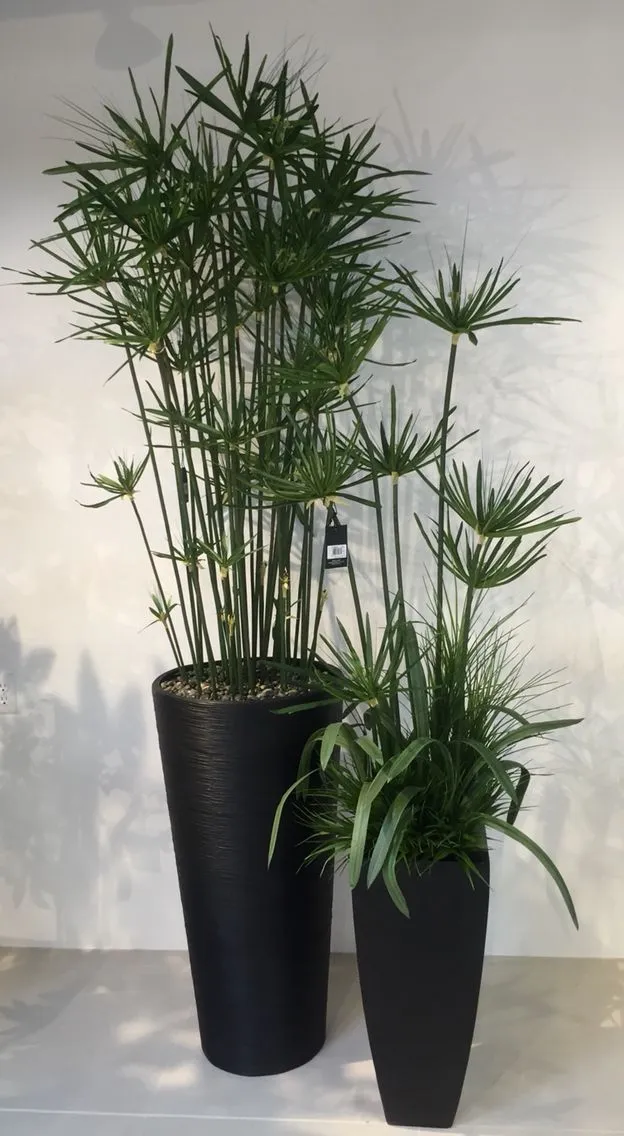
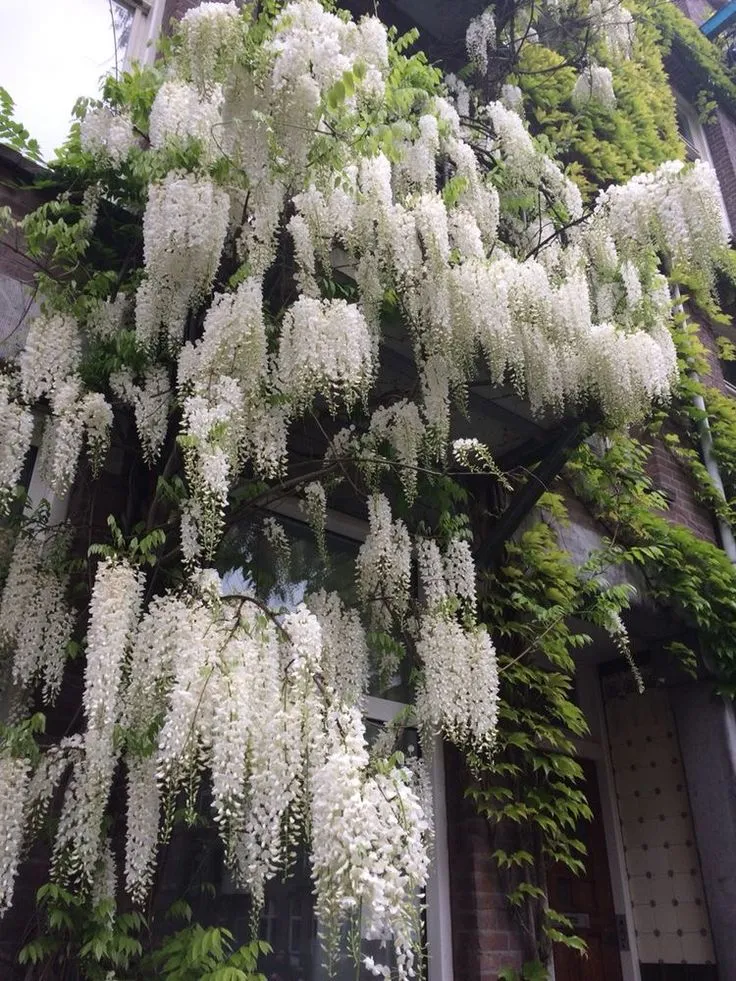
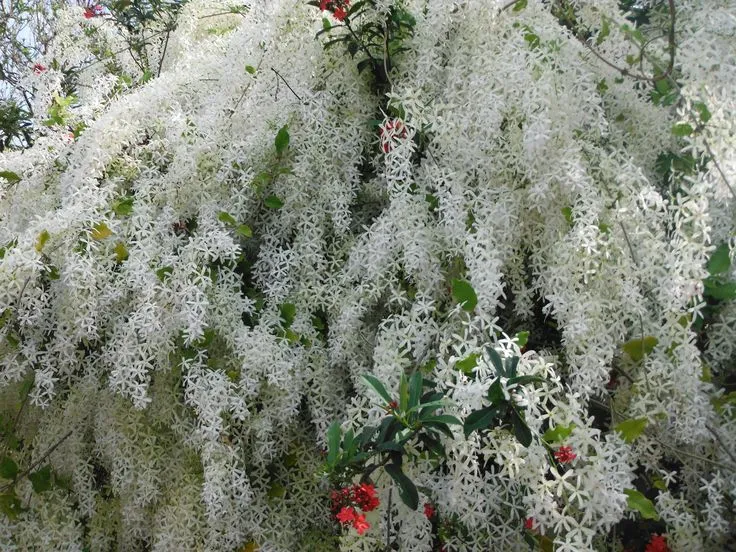
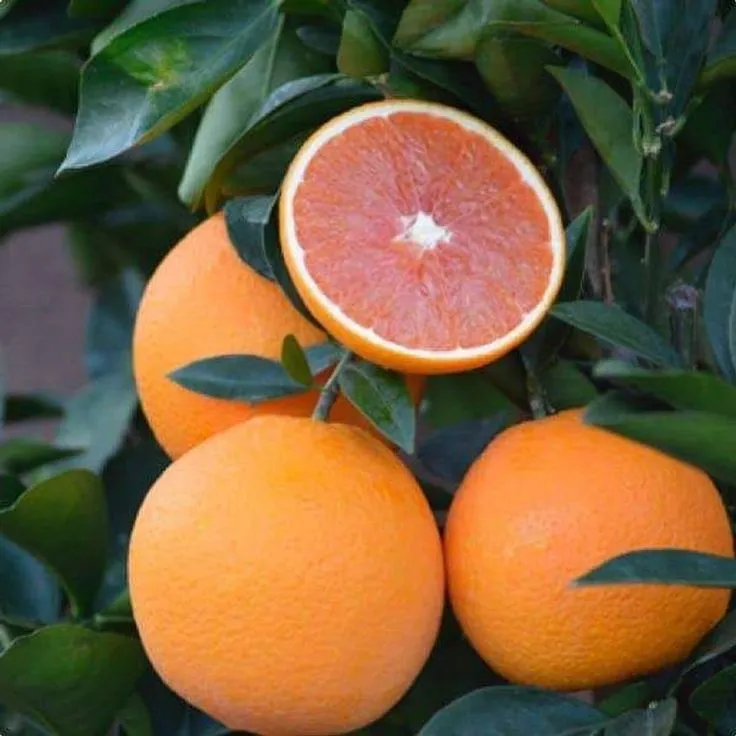
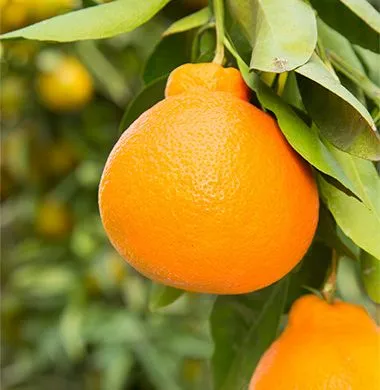
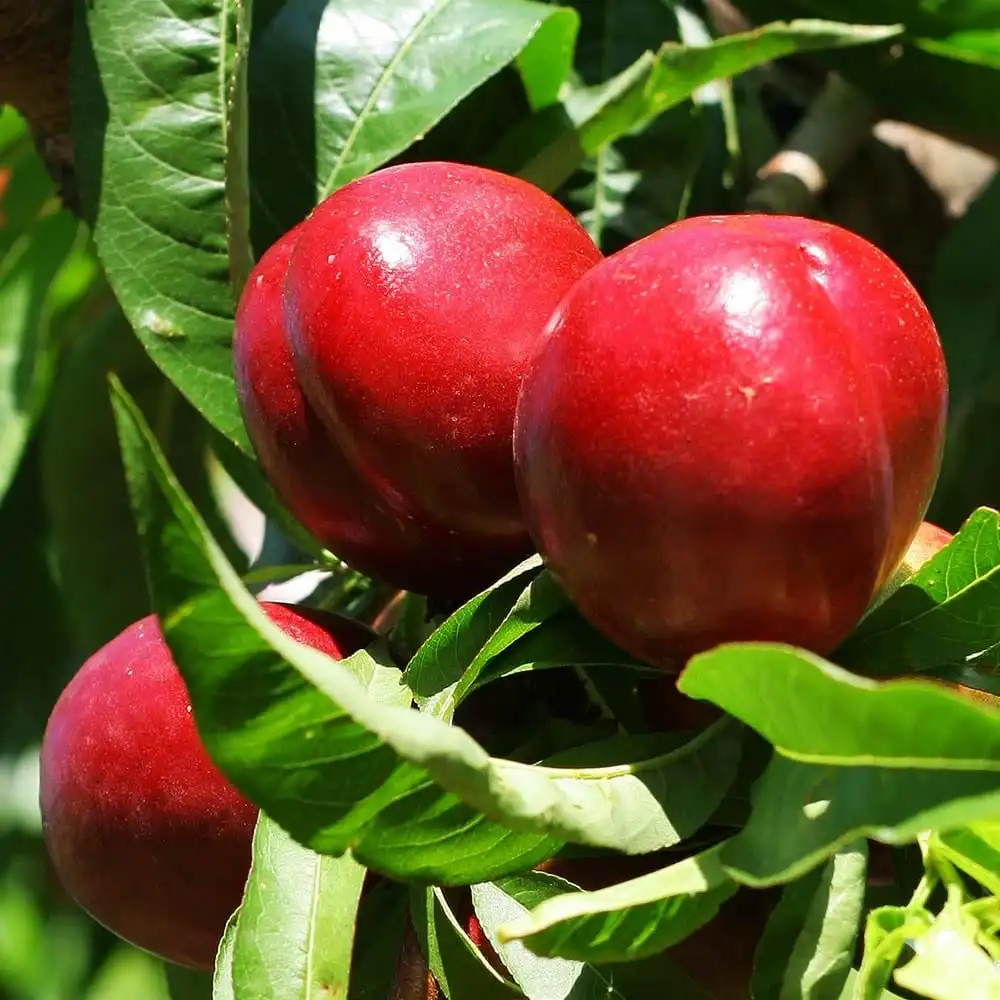
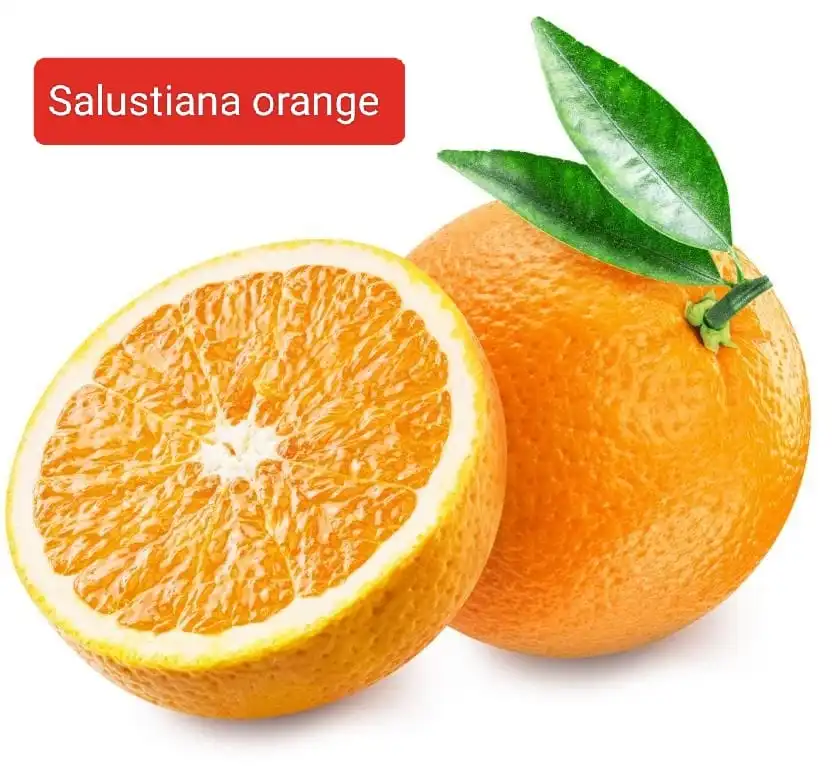
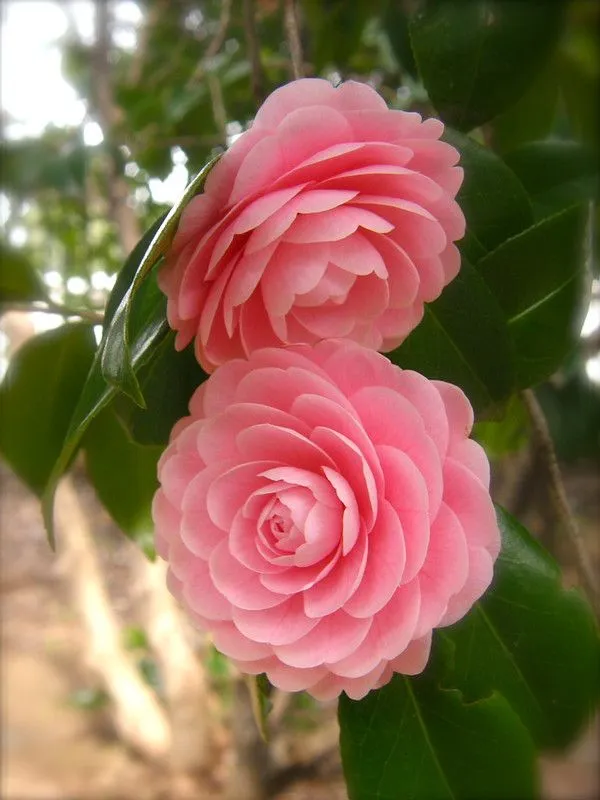
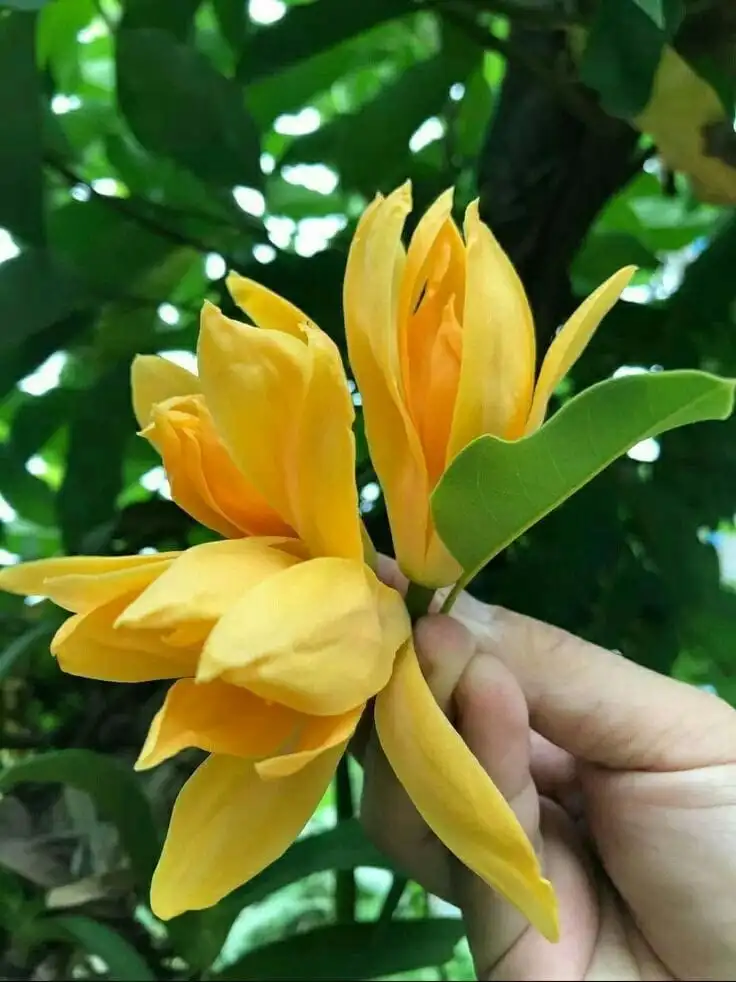


Leave a Reply